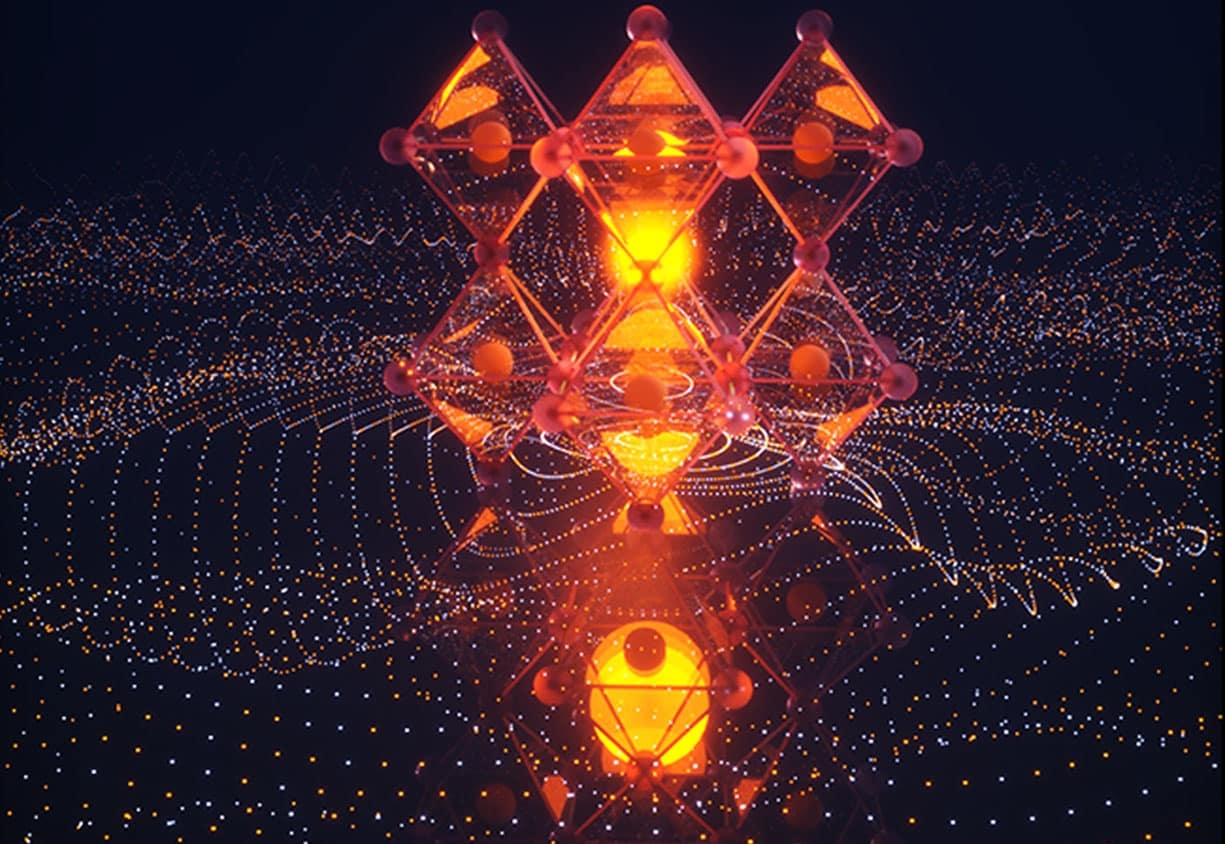Molecular-like Photochemistry from Semiconductor Nanocrystals

Researchers from North Carolina State University have demonstrated the transfer of triplet exciton energy from semiconductor nanocrystals to surface-bound molecular acceptors, extending the lifetime of the originally prepared excited state by six orders of magnitude. This finding has implications for fields ranging from solar energy conversion to photochemical synthesis to optoelectronics to light therapy for cancer treatment.
Excitons are the electron/hole pairs formed in semiconductor nanocrystals upon absorption of light, temporarily storing it as chemical energy. In solar cells, for example, the excitons transport energy through the material so that it can be collected and converted into electricity.
In terms of photochemistry, the major drawback to using most semiconductor nanocrystals as photosensitizers lies in their short excited state lifetimes – typically tens of nanoseconds – which renders them inadequate to drive photochemical reactions. NC State chemistry professor Felix Castellano, along with postdoc Cedric Mongin and graduate student Sofia Garakyaraghi, wondered if it would be possible to extend the semiconductor nanocrystal excited state lifetime to time scales long enough to perform chemistry.
“The fundamental question was, ‘Can we take a nanoparticle excited state with a lifetime of tens of nanoseconds and extend it through sensitization,’” says Castellano. “If we take the original nanocrystal excited state and transfer its energy to a triplet acceptor on the surface of the nanomaterial, then the molecular triplet excited state you create should have a long enough lifetime to promote chemical reactions. This would also suggest that semiconductor nanocrystals exhibit molecular-like behavior.”
Castellano’s team used cadmium selenide (CdSe) nanocrystals capped with oleic acid, prepared by Prof. Mikhail Zamkov and his graduate student Natalia Razgoniaeva at Bowling Green State University. Some of the oleic acid is then replaced by the molecular triplet acceptor 9-anthacenecarboxylic acid (ACA). When the CdSe nanocrystal bearing ACA is struck with a green laser pulse, the exciton produced in the CdSe is transferred to the ACA, forming a molecular triplet exciton with a millisecond lifetime. This represents a lifetime extension of six orders of magnitude, enabling subsequent chemical reactivity.
“The other benefit is that by translating the exciton away from the nanoparticle surface, instead of involving the nanoparticle itself in the desired chemical reactions, you won’t degrade the nanoparticle,” says Castellano. “It can keep absorbing light and transferring the energy into the bulk solution.”
The researchers’ findings appear in Science. The research was supported by the Air Force Office of Scientific Research (FA9550-13-1-0106) and the U.S. Department of Energy (DE-AC02-06CH11357).
(Original story at NC State News)
- Categories:


